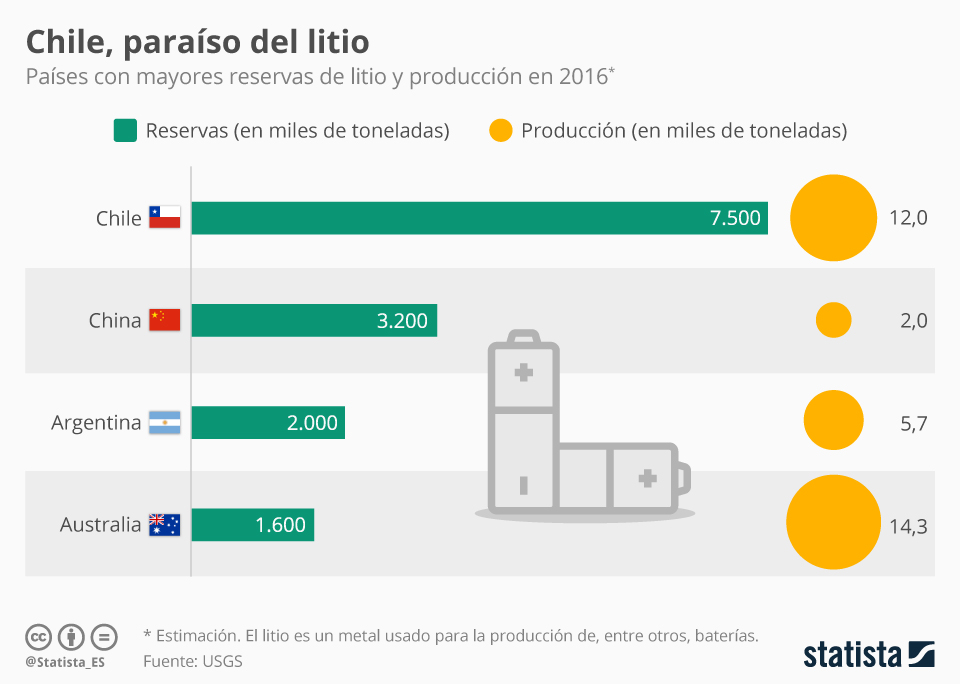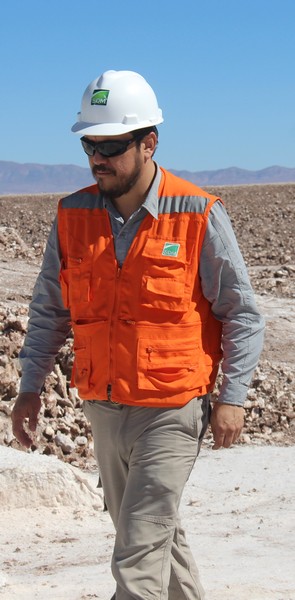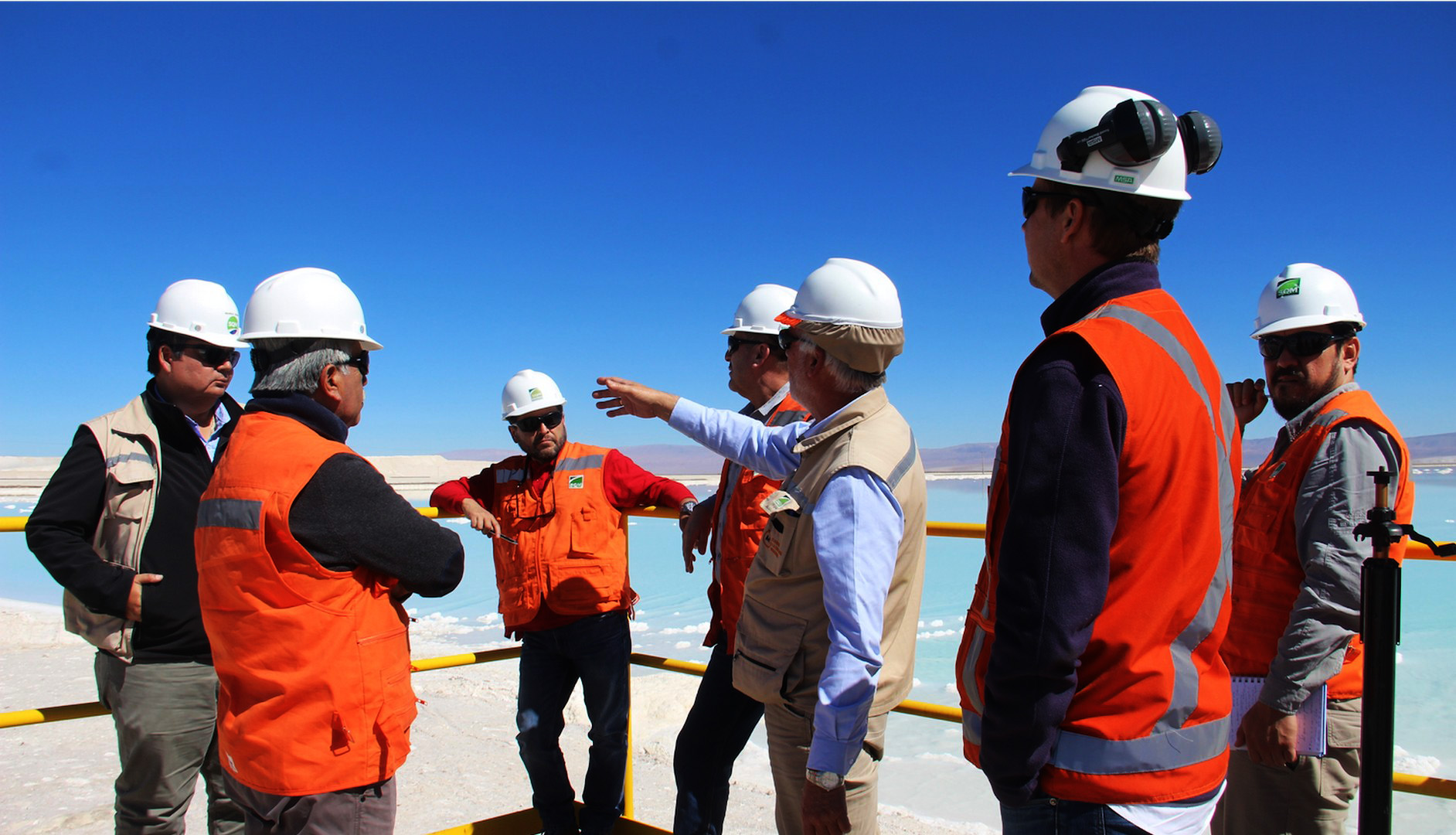
Lithium has gained the attraction of the world, partly because it is one of the elements that have been most studied and tested in the last few years, therefore its benefits have been in the public domain. From there, some of the biggest technology companies, like Sony and Panasonic, supported lithium as the material of a possible successor to the lead-acid battery paradigm, that today turns lithium batteries into the industry standard.
The use of lithium is such a globalized concept that today it is developed in markets with greater growth and better performance in its potential., like electric vehicles, network-scale energy storage, telephones, laptops, cameras, consoles of video games and hundreds of other electronic devices. What today makes lithium the protagonist of a major change in history, Understanding the energy revolution about the commercial boom of this element as a core.
From this reality already installed, as a corporation, we move in favor of NCRE, where we have already generated energy storage projects and we expect to do many more, as a result of the constant updating of the procedures, the of extraction of the element, and of its current occupations and potential. This is how this technical visit to SQM SALAR (Salar de Atacama) was born.


Ricardo Araya, Project Engineer of IDEOJ, gives us a more complete view of the visit, “we appreciate the opportunity provided by SQM to visit its dependencies, the possibility of knowing in the workplace, the daily tasks of their workers and the development of the technological capacity used in their processes.
He adds, “We want to be a contribution, nourish scientific and academic knowledge that is developing around lithium, iodine and its derivatives, industrial chemicals and potassium; allowing us, the professionals of the IDEOJ Corporation, to learn from different disciplines:
- Development of projects based on NCRE
- Specialists in energy storage and electrochemistry
- Process engineering
- Among others
And this is how we can provide feedback on the production processes and the relationship that SQM has with the surrounding communities”.
We had the privilege of knowing, in a macro way, the business, the focus of non-metallic mining and the work they do in the field of sustainability. I appraised their installations in a panoramic way, like solar evaporation ponds, seeing them as a potential source of innovation, as well as atmospheric circuits and drilling plants.
After this great experience, we give our best thanks to SQM, for the reception they had with us and the information we obtained, to be updated with the lithium element.


